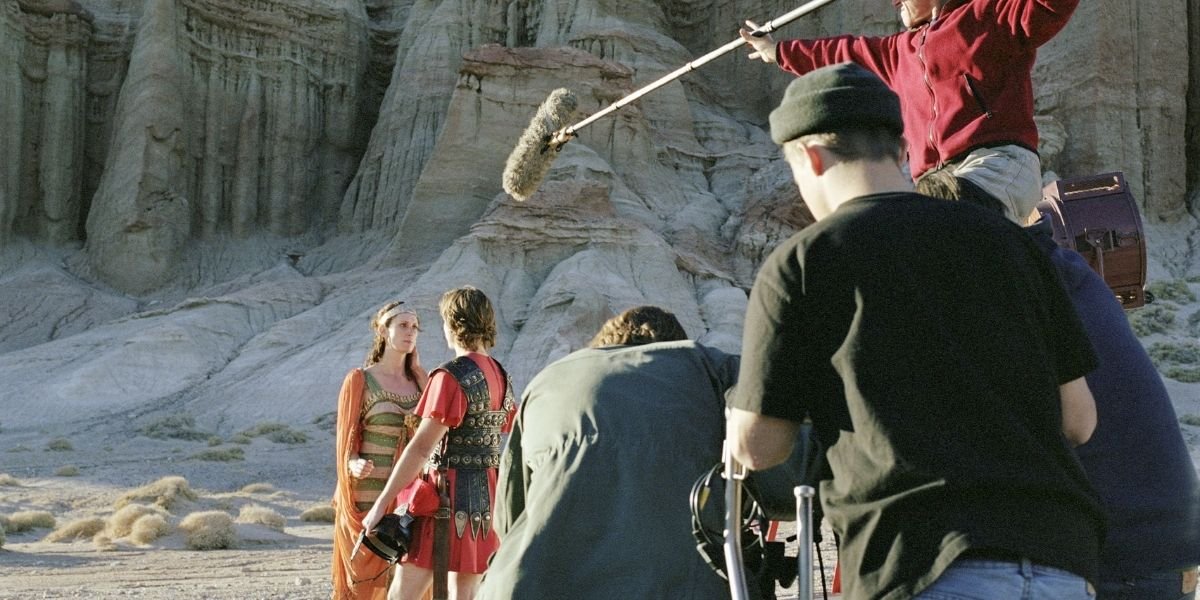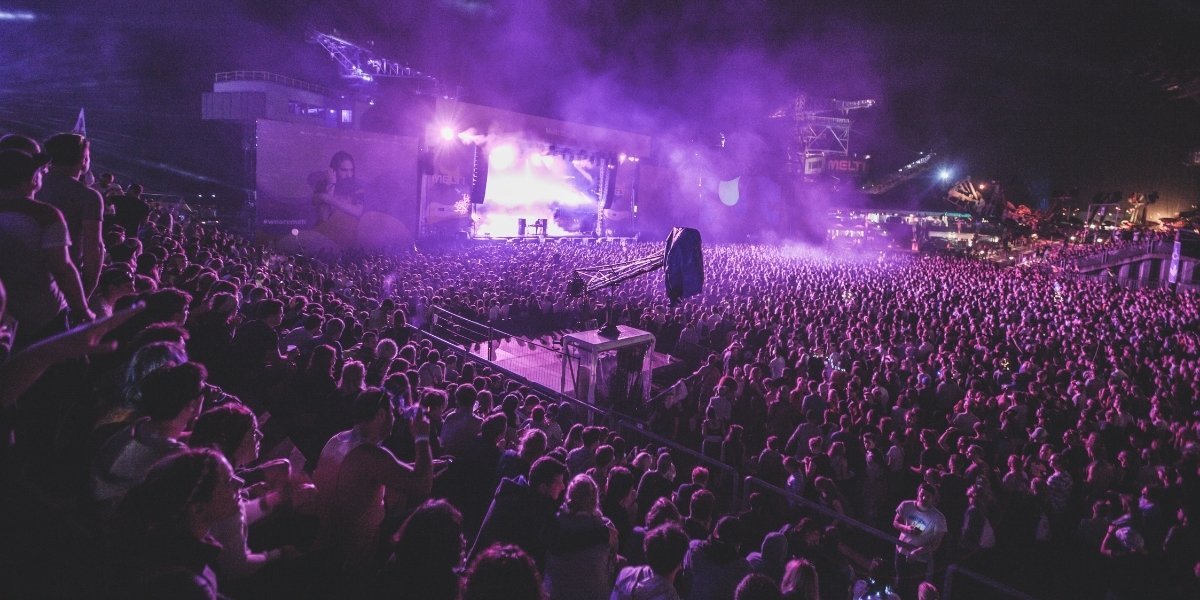The process of filmmaking is often a race against the clock, with every minute of a shoot costing thousands of dollars. Yet, some projects defy this pressure, taking years—or even a full decade—to finally make their way to the screen. For these unique films, the journey from a writer’s initial idea to a finished product is less a sprint and more an endurance race filled with obstacles. The reasons for these extended production timelines are as varied as the movies themselves. Sometimes, a project is simply ahead of its time, waiting for technology to catch up to a director’s vision. Other times, it’s a series of unfortunate events, from funding falling through to creative disagreements that put a project in a state of indefinite limbo. These stories offer a unique glimpse into the challenging and often unpredictable nature of the entertainment industry.
Read Also: Amanda Kasmira Cryer: Using Film and Social Media to Raise Awareness of Global Social Issues
A project that spends a decade or more in production is often referred to as being in “development hell.” This phrase perfectly captures the struggle of a good idea that just cannot get off the ground. The initial excitement of a new script or concept can fade over time as it changes hands between different studios, directors, and writers. A script might be re-written a dozen times, each version moving further from the original concept and delaying the start of filming. The momentum of a project is a fragile thing, and once it is lost, it can be incredibly difficult to regain. For a film to survive such a long period of uncertainty and eventually be made is a testament to the dedication of the people who believed in it.
Why Do Films Get Stuck in Development for So Long?
One of the most common reasons a film can spend years in development is a lack of alignment on the creative vision. A director might have one idea for a project, while the producers or a studio executive may have a completely different one. These creative clashes can result in endless rewrites and stalled negotiations as everyone tries to reach a compromise. A script that once seemed fresh and exciting can become stale and watered down as it is altered to meet the demands of a dozen different people. This process can be incredibly frustrating for everyone involved, and it can eventually lead to key people dropping out of the project altogether.

Photo Credit: Unsplash.com
Financial issues also play a major role in these delays. A project that is considered a “passion project” or one with a massive budget can be a difficult sell to a studio. A film might be greenlit only to have its funding pulled at the last minute, forcing the entire team to look for new financial backers. This can happen multiple times over the course of a decade, with each setback pushing the start date further into the future. Sometimes, a production begins filming but runs so far over budget that the studio has to pause production to secure more funds. These financial roadblocks can turn a simple production into a years-long saga of trying to keep a project alive.
How Do Technological Hurdles Extend a Film’s Timeline?
Some of the most significant and well-known production delays are caused by a director’s vision outstripping the available technology. A filmmaker might have an idea for a massive science fiction epic that requires ground-breaking visual effects that simply do not exist at the time of the script’s creation. Rather than compromise their vision, the director and their team must wait for the technology to be developed. This can involve years of research and development, with visual effects studios working to invent new software and techniques just for a single film. In these cases, the film’s production is not a race but a patient wait for the world to catch up to the story it wants to tell.
A prime example of this can be seen with a groundbreaking science fiction film from the early 2000s that was famous for its use of new motion-capture technology. The director had a specific idea for how to create the visual world and the characters, but the necessary technology was not yet available. The project sat in development for years, with the team focused on designing the world and perfecting the script while a separate technology team worked on creating the motion-capture tools. The wait was long, but it allowed for a film that was visually stunning and innovative in its use of new techniques. This patient approach is a rare luxury in the fast-paced world of filmmaking, but it can sometimes result in a truly unique cinematic experience.
What Are the Personal and Logistical Challenges Involved?
Beyond creative and financial issues, the logistics of a multi-year production can be a nightmare. Finding a window of time when all the key people—from the lead actors to the director—are available to work on the project at the same time can be incredibly difficult. An actor’s schedule can change at the drop of a hat, forcing a project to go on hold for a year or more while they work on another film. This can lead to a domino effect of delays, with each person’s schedule impacting everyone else’s. The long periods of inactivity can also cause key crew members to move on to other projects, forcing the production team to find new people and rebuild the team from scratch.

Photo Credit: Unsplash.com
A long production timeline also takes a personal toll on everyone involved. For a director, a project that spans a decade can be an all-consuming experience, dominating their career and their life for an extended period. The constant stress and uncertainty of a project that is always on the brink of being made can be emotionally exhausting. For actors, a long delay can mean they have aged out of a role or their public image has changed, forcing a recasting. The long periods between script and screen also mean that a film’s cultural relevance can change. A story that felt fresh and new at the beginning of a decade might feel dated by the time it finally hits theaters.
When Does a Decade-Long Production Pay Off?
For all the challenges, a film that spends a decade or more in production can sometimes result in a masterpiece. The long gestation period can allow a film to be meticulously crafted, with every detail considered and every shot perfected. It gives the creative team the time to solve complex problems and to push the boundaries of what is possible. For example, a landmark animated film from a legendary studio spent over a decade in production, going through multiple script revisions and animation techniques. The final film was a work of art that was praised for its unique visual style and its powerful story, becoming a global success.
Read Also: The Golden Age of Cinema: Exploring the Magic of Classic Hollywood Movies
The long production journey can also be a story of perseverance and dedication. It takes a remarkable amount of faith for a person to stick with a project for a decade, believing that it will eventually be made. A film’s long production journey becomes a part of its story, adding to its mystique and its legacy. When a long-delayed film finally makes it to the screen and is a success, it can be a source of pride for everyone who worked on it, a testament to their unwavering commitment to their craft. The film’s eventual release can be seen as a triumph over adversity, a symbol that some stories are worth the long and difficult wait.















